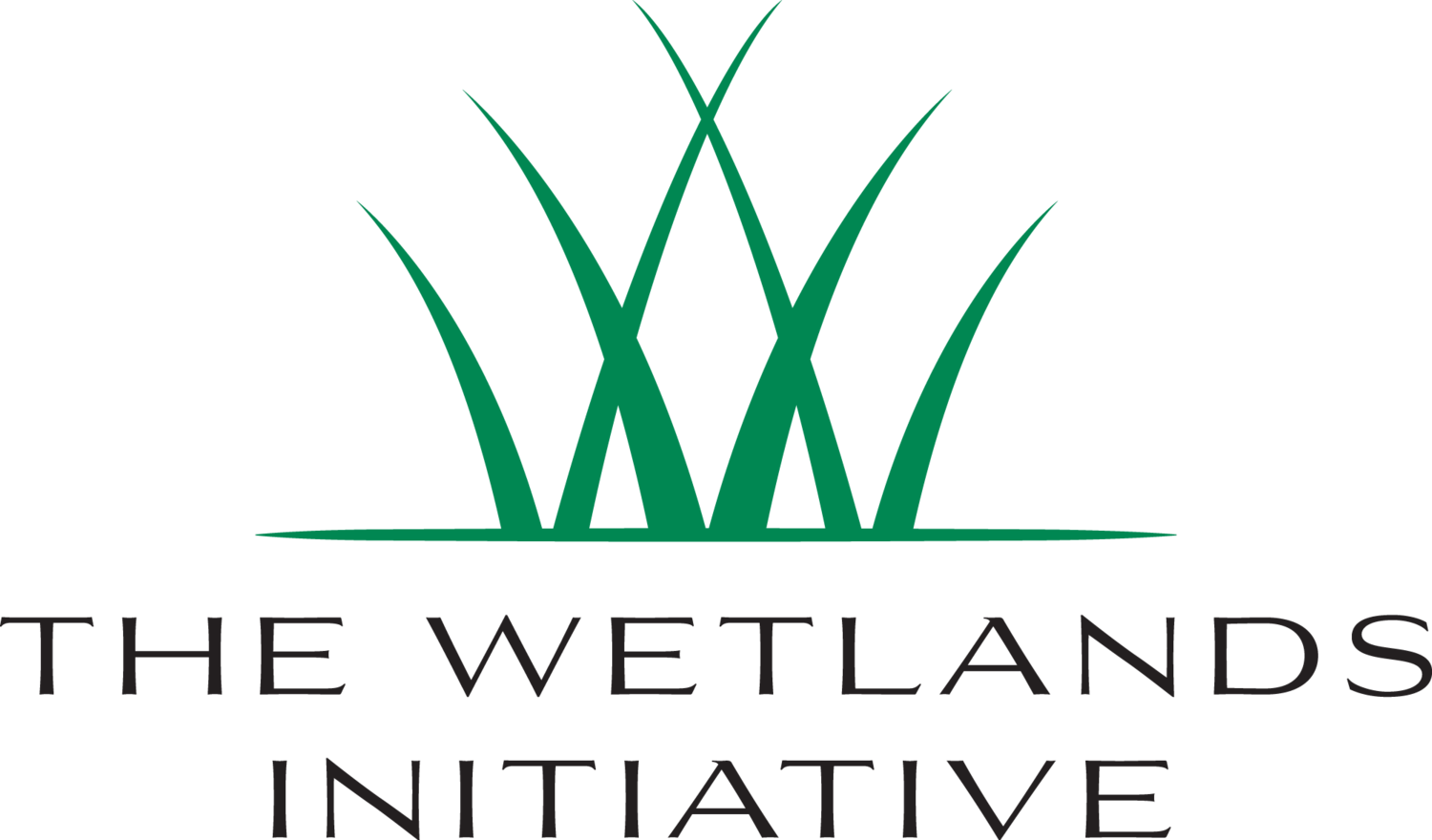Q: Is it worth it to try to control invasive species? Why not just leave them be?
They are everywhere: in our gardens, lakes, and on our restoration sites. We spend time, money, and energy trying to manage invasive species, yet often they seem to persist. Lately, some scientists have proposed that we just “learn to live with" invasive species.
So we ask the question at the Wetlands Initiative: Should we continue investing to fight invasives? And if so, why should we?
First, let’s establish a clear distinction between “exotic” and “invasive” organisms. An exotic species is one that has been introduced, either intentionally or accidentally, into a new environment. An invasive species, either native or non-native, is one that spreads aggressively, often displacing other plants or animals. A species may overtake an area due to certain advantages it has over other species, such as an ability to persist or even flourish in the face of disturbance, a lack of natural predators in a novel environment, and/or a particularly fecund life history or reproductive strategy. These advantages give it an “edge” over other organisms.
A TWI field restoration crew member next to a tall stand of invasive Phragmites at Midewin.
Many exotic species have one or more of these advantages, and, thus, successfully spread and become invasive (e.g., reed canary grass, or the Phragmites pictured at left). But even some native species, such as cattails, can become invasive and displace other native plants when growing in disturbed areas.
Yet it is that presence of many native species of plants and animals that give an ecosystem its resilience against environmental stress, such as disease or drought. So when invasives take over a landscape, they may seriously reduce biodiversity, which in turn may lead to a significant reduction in the services ecosystems provide. These services include high-quality wildlife habitat, water and nutrient retention, and protection from erosion.
At the Wetlands Initiative, we have first-hand knowledge of this truism. Our story when we faced the explosion of the exotic and invasive common carp in the lakes at the Dixon Waterfowl Refuge is a good example.
Sadly, invasive species are here to stay, and unfortunately, their eradication is most likely impossible. This fact, however, should not discourage us or cause us to accept their impact on either restored landscapes or remnant native plant or animal communities. (For example, some recent studies have made a pro-exotic species argument based on the benefits provided to only specific groups of birds, not considering the impact on the larger avian community.) Our challenge is to recognize which invasives need to be managed, the circumstances under which management is likely to be effective, and which invasives may be safely ignored.
At the Wetlands Initiative, invasive management will remain a significant part of our restoration efforts. We believe that without strategically addressing invasives as part of our adaptive management program, successfully establishing biologically diverse native plant communities--the natural heritage of our Prairie State--would not be possible. We will continue using management techniques that are best suited to limiting the spread of noxious, undesirable species while promoting native healthy ecosystems.
~Iza Redlinski and Gary Sullivan, ecologists, the Wetlands Initiative
